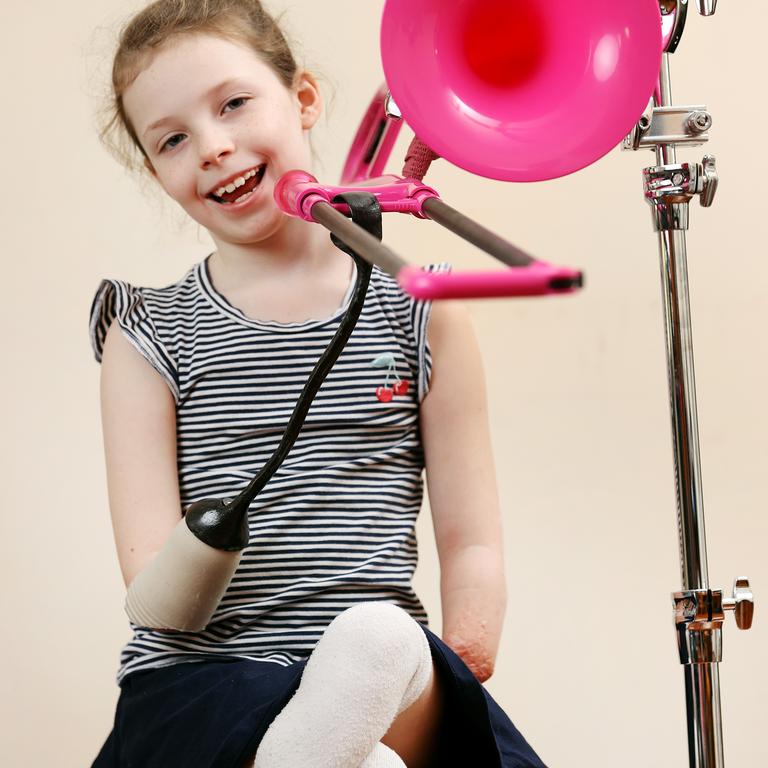Vital sepsis research at Queensland Children’s Hospital
It is a bigger killer than cancer and now the country’s largest paediatric study is under way at the Queensland Children’s Hospital that could become a gamechanger in diagnosing the deadly disease.
QLD News
Don't miss out on the headlines from QLD News. Followed categories will be added to My News.
The country’s largest paediatric sepsis study at the Queensland Children’s Hospital is working on finding simple diagnostic blood tests for the deadly disease.
Sepsis is sneaky and creeps up and steals the lives and limbs of children who present at hospital with what can look like a simple flu.
It is a bigger killer than cancer and between 2019 and 2020 it claimed the lives of more than 2000 Queenslanders and maimed many more.
The disease is caused when the immune system goes into overdrive in response to infection. It leads to extreme inflammation that can cause blood clots and block oxygen from reaching vital organs, resulting in tissue death and multiple organ failure.
Associate Professor Luregn Schlapbach is leading the study. He was motivated to dig deep into disease when he was working in the emergency department and a child came in with a fever. Within hours, the child had gone into severe, life-threatening septic shock.
Associate Professor Schlapbach told The Courier Mail that it is vital to find a method that can diagnose sepsis extra fast.
“If a child is diagnosed with sepsis, meaning infection leading to the shut-down of organs, survival rates are best when the initial treatment is delivered within one hour of recognition of septic shock, and within no more than three hours of recognition of other infection-related organ dysfunction,” he said.
The research is focused on how genes in the body get activated if a child develops sepsis. This is important as these changes in gene expression may not only help us to understand better how and why sepsis develops but also has great potential to lead to the discovery of novel markers of sepsis. This could lead to blood tests for clinical practice.
Children with sepsis may be drowsy and irritable or show signs of poor skin perfusion or laboured breathing.

“Parents need to remember that most febrile infections in children are not sepsis and do not lead to sepsis – children usually recover very well often even without any specific treatment like antibiotics. Queensland Health, as well as the Australian Sepsis Network, have created information leaflets for parents on this topic which we recommend to consult. As always when a child is getting sick, we recommend seeking medical advice,” he said.
The research is supported by funds from the Children’s Hospital Foundation.
Brisbane’s Mia Wilkinson is a sepsis survivor but lost her arms and legs in the battle for survival.
But this little quadruple amputee has been living life to the full ever since and never takes the easy path.
The Indooroopilly girl is now learning how to play the trombone.
Mum Amy, from the Australian Sepsis Network, Queensland Consumer Advisory Group, said that Mia is thriving four years on.
“Her abilities are beyond amazing. Climbing at playgrounds, running fast in her blades and enjoying being a very active eight year old. On this World Sepsis Day the continuing research and development into the diagnosis and treatment of sepsis gives us hope that other children and families won’t have to go through what Mia has suffered,” she said.



